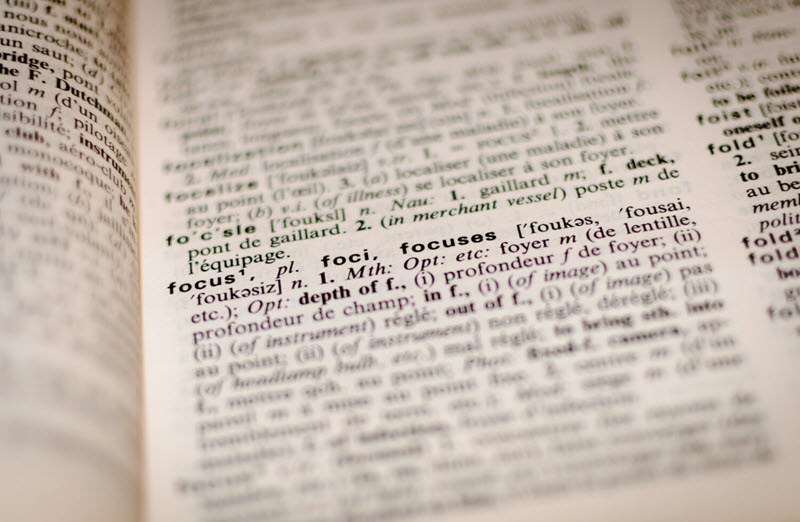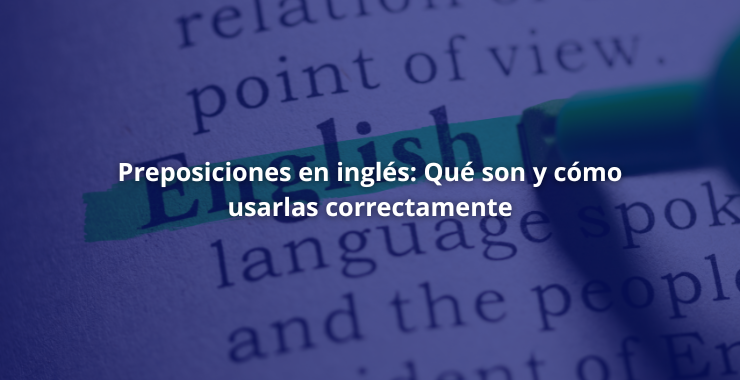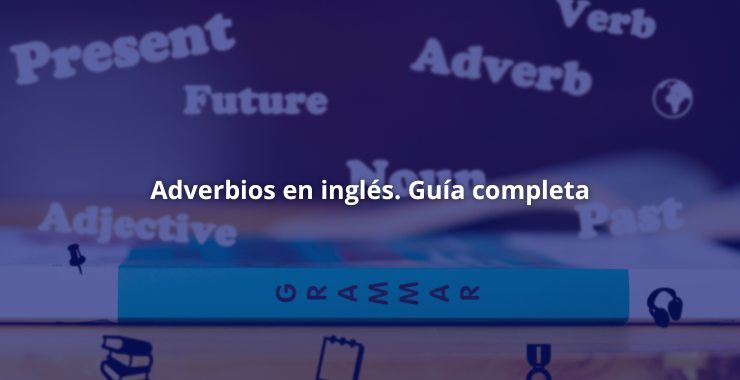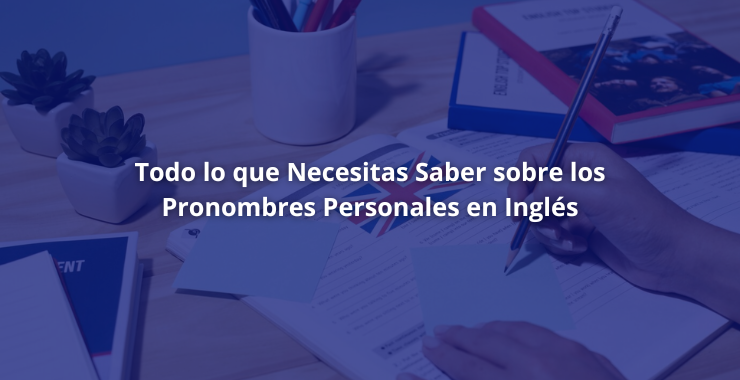Find out some of the best and more useful reading comprehension tips and strategies. Detailed explanations and examples of Active Reading and Note Taking & Using to improve your reading skills. ¿Ready?
Tip 1: Active Reading
Do you ever feel overwhelmed with the amount of reading you have? Do you ever have trouble staying focused and motivated while reading? Do you sometimes have difficulty understanding and remembering what you read?
When using active reading, you retain more when you actively engage and interact with texts. Active reading engages your brain in effective strategies that force your brain to interact with the text before.
Try these techniques to make your reading active:
- Underline or highlight key words and phrases as you read. Be selective – too much highlighting won´t help.
- Make annotations in the margin to summarise points, raise questions, challenge what you´ve read, jot down examples and so on. This takes more thought than highlighting, so you´ll probably remember the content better.
- Read critically by asking questions of the text. Who wrote it? When? Who is the intended audience?
- Test yourself by reading for half an hour, putting the text away and jotting down the key points from memory. Go back to the text to fill in gaps.
- Look for ´signposts´ that help you understand the text – phrases like ´most importantly´, ´ in contrast´, ´on the other hand´.
- Explain what you´ve read to someone else.
- Record yourself reading the module material or your notes, and listen to the recording while you´re travelling or doing household chores.
Reading for comprehension: the SQ3R technique
- Survey; Skim through the text quickly to get an overall impression.
- Question; If you are reading it for a particular purpose (for example, to answer an assignment), ask yourself how it helps. Also ask questions of the text: Who? What? Where? When? How?
- Read the text in a focused, and fairly speedy way.
- Remember; Test your memory – but don´t worry if you can´t remember much.
- Review; Read the text in more detail, taking notes. Use your own words.
Active Reading, Note Taking and Using notes: 3 tips and strategies to improve your reading skills
Lady Varona’s
Tip 2: Note-Taking
How to take notes
- Taking notes is a skill that you develop with practice.
- There is no right or wrong way. You just need to find a method that suits you, such as using bullet points, mind maps and diagrams, highlighting, annotating or underlining significant words.
DON´TS TAKING NOTES
What to avoid when taking notes: The Don’ts Taking Notes
- Don´t write everything down, just reflect the main themes. Aim to get the gist of the topic or the main points.
- Don´t worry if you something you don’t understand. Use a question mark to highlight the point in your notes and come back to it later.
- Don´t lose track of your purpose in making the notes in the first place – keep focused.
- Don´t be concerned about whether anyone else could make sense of your notes, you are the only person who needs to read them.
- Don’t try to remember everything you read or heard in a tutorial session.
- Don’t forget to revisit and organise your notes and get them systematically arranged so that you can find the information you need when you want it.
- – 8. Don’t be afraid of trying different ways of taking notes – try lists, colours, bullet points, underlining, highlighting and mind-mapping.
- Don’t take notes all the time – spend some time at tutorials engaging with the tutor and other students or just thinking about what you´re doing.

The 3 Best Note-Taking Methods
The Map Method: Visual learning for long readings
The Map Method is ideal for visual learners and to process a large amount of information. It suggests writing the main theme at the top or in the middle and dividing it into subtopics by using arrows. You can also use arrows to make connections between different subcategories.
The Boxing Method: Good with electronic devices
The Boxing Method is an increasingly popular method of writing notes, especially advised to those of you that bring their iPad or Laptop to class. With this method, notes that relate to one specific subject are grouped together in a box with the title at the top.
The Cornell Method: Very efficient but time-consuming
First, the page should be divided into two columns: the left one taking around 30% of the paper and the right one taking around 70%.
Second, there should be space at the bottom of the page for the Summary.
When using this method, write all notes in the right column. After each lecture, review the notes and write abbreviations (keywords) and possible questions at the left side, as well as the summary at the bottom.
NOTE: This method is very efficient but time-consuming. Therefore, we advise you to use it while preparing for the exam(s), but not in an exam.










